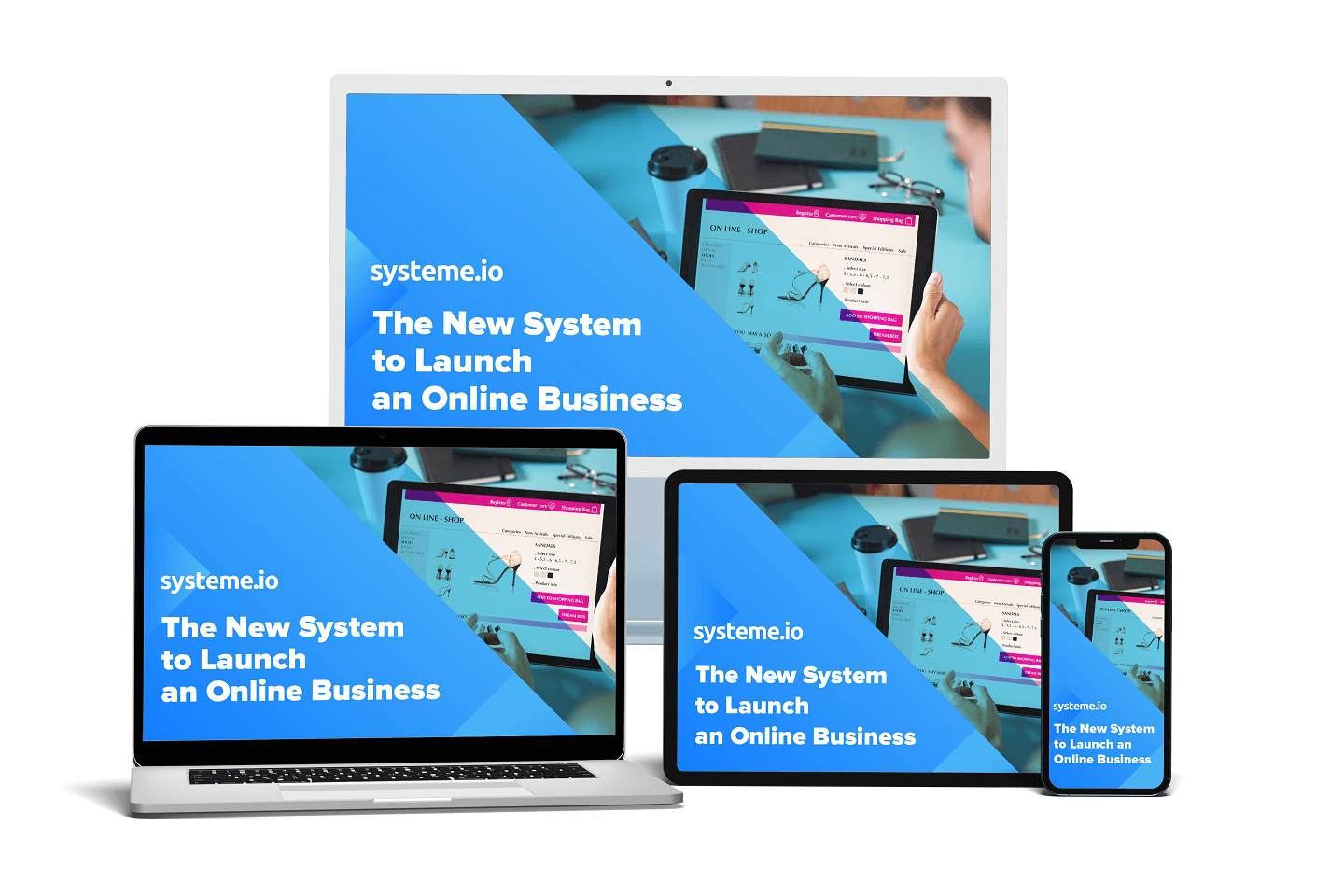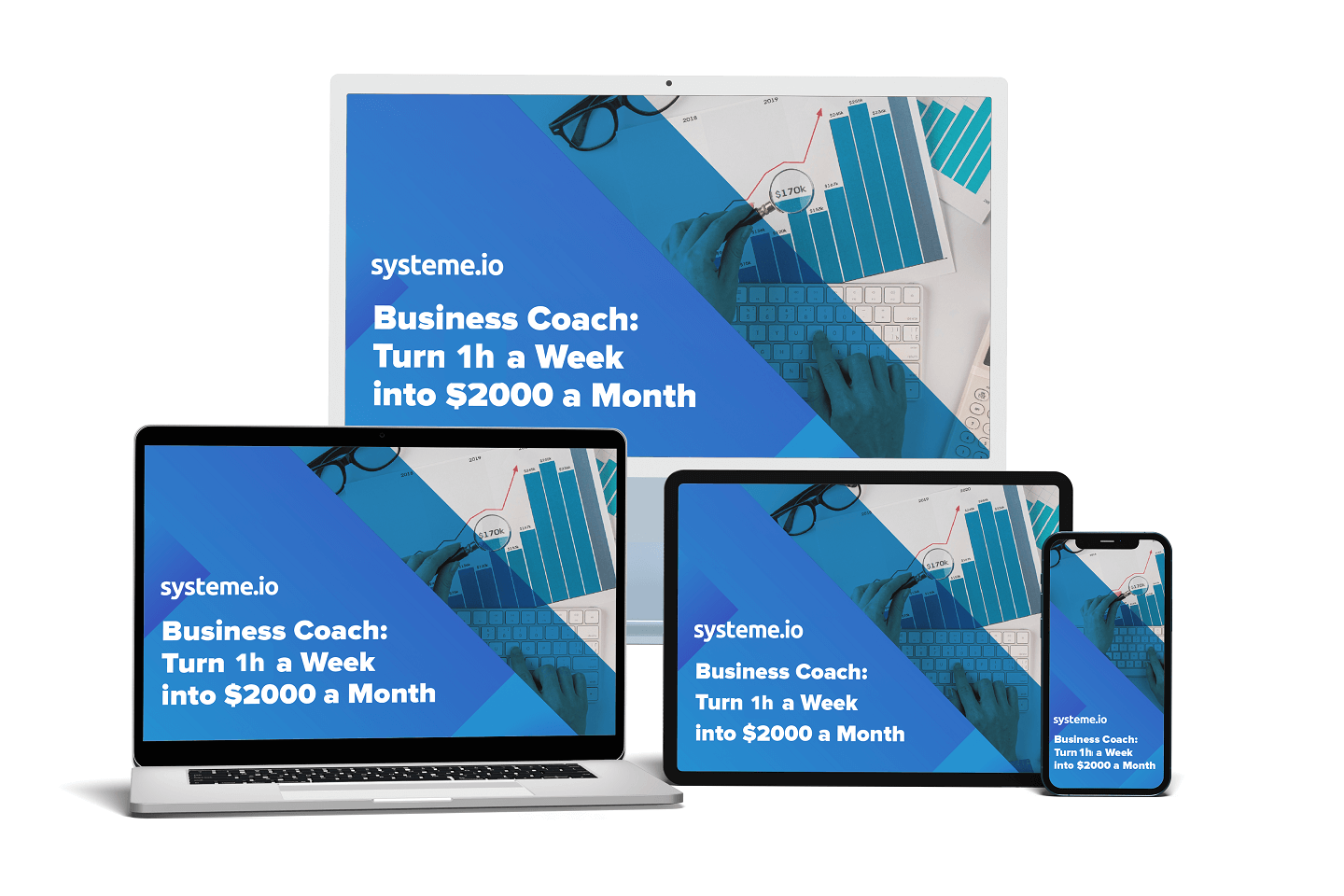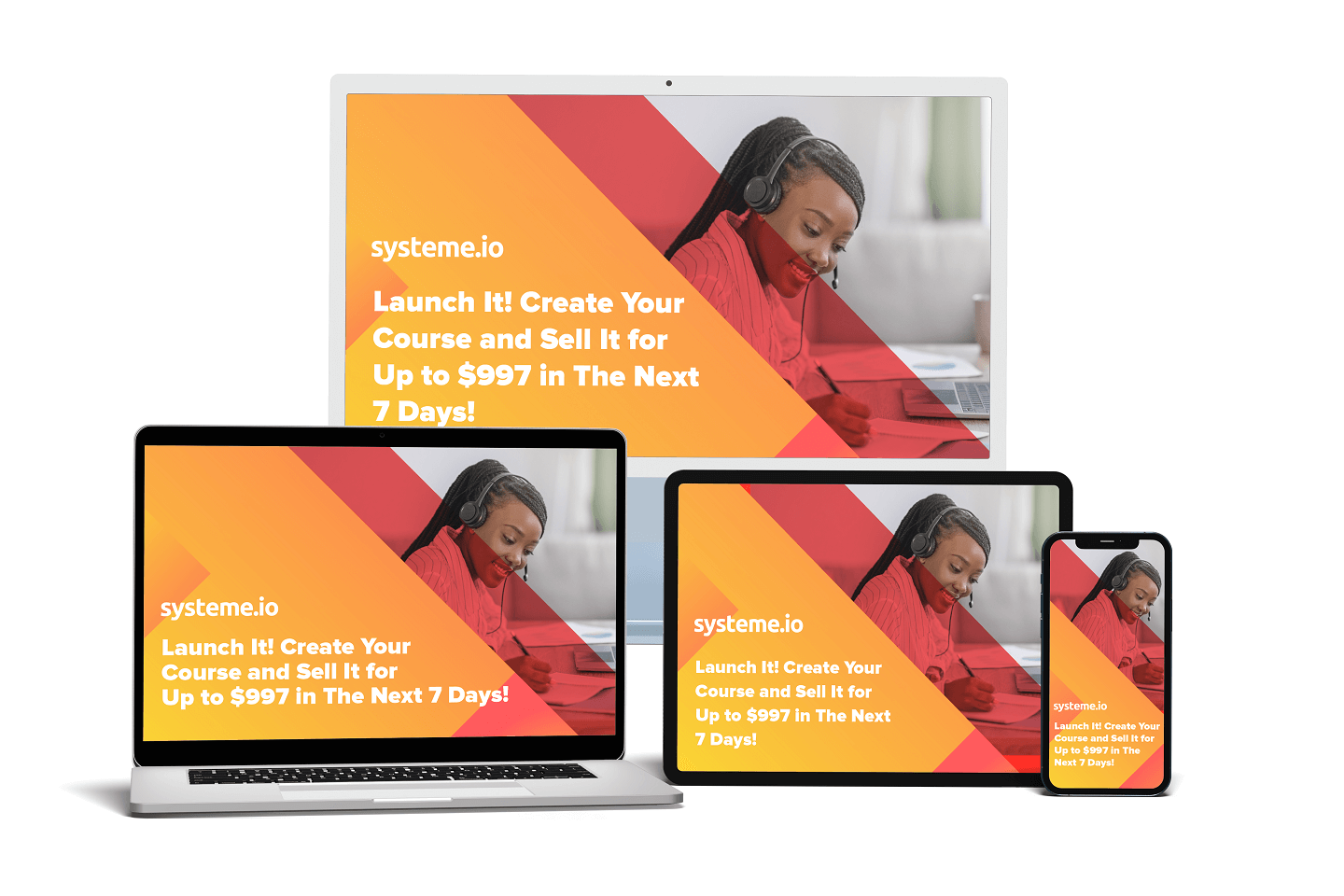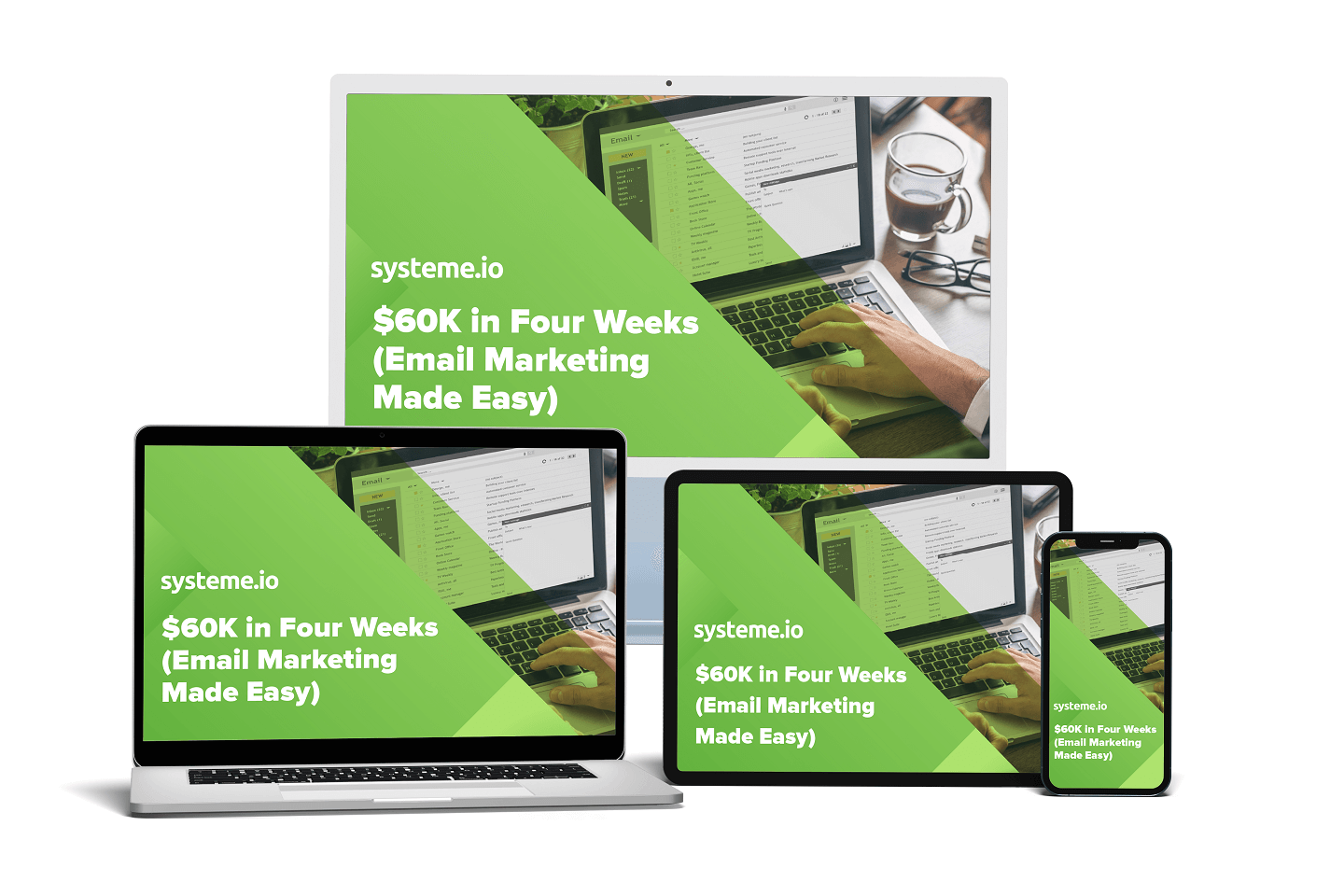In today’s competitive business landscape, it’s more important than ever to have a well-defined sales funnel. A sales funnel is a visual representation of the customer journey, from the initial awareness stage to the final purchase. It helps businesses understand their customers’ needs and behaviors and allows them to tailor their marketing strategies accordingly. In this blog post, we will provide a comprehensive overview of the sales funnel and discuss strategies for optimizing each stage of the funnel to drive business success.
Understanding the Sales Funnel: A Comprehensive Overview
A sales funnel is a marketing concept that illustrates the customer journey from the initial awareness stage to the final purchase. It is divided into several stages, each representing a different level of engagement with the customer. The stages typically include awareness, interest, consideration, intent, and purchase.
Understanding the sales funnel is crucial for business success because it allows you to identify potential bottlenecks in your marketing and sales processes and make necessary adjustments. By analyzing each stage of the funnel, you can identify areas where you may be losing potential customers and implement strategies to improve conversion rates.
The Top of the Funnel: Attracting Prospects and Creating Awareness
The top of the funnel is where you attract prospects and create awareness about your brand. This is done through various marketing strategies such as content marketing, social media marketing, search engine optimization (SEO), and paid advertising.
One strategy for attracting prospects is through content marketing. By creating valuable and informative content that addresses your target audience’s pain points and interests, you can position yourself as an industry expert and attract potential customers to your website or social media channels.
Creating awareness about your brand is also important at this stage. This can be done through social media marketing, where you can engage with your target audience and build brand recognition. Paid advertising on platforms like Google AdWords or Facebook Ads can also help increase brand visibility and attract prospects to your website.
Moving to the Middle: Engaging and Qualifying Leads
Once you have attracted prospects to your business, the next stage of the funnel is to engage with them and build relationships. This is done through lead nurturing, which involves providing valuable content and personalized communication to your leads.
Engaging with leads can be done through various channels such as email marketing, social media engagement, and webinars. By providing valuable content and addressing their specific needs and pain points, you can build trust and credibility with your leads.
Qualifying leads is also important at this stage to ensure that they are a good fit for your business. This can be done through lead scoring, where you assign a score to each lead based on their level of engagement and their fit with your ideal customer profile. By qualifying leads, you can focus your resources on those who are most likely to convert into paying customers.
The Bottom of the Funnel: Converting Leads into Customers
The bottom of the funnel is where you convert leads into paying customers. This is done through various strategies such as personalized sales emails, product demos, and special offers.
One strategy for converting leads into customers is through personalized sales emails. By sending targeted emails that address the specific needs and pain points of your leads, you can increase the likelihood of conversion. Product demos are also effective in showcasing the value of your product or service and convincing leads to make a purchase.
Providing a positive customer experience is crucial at this stage to ensure customer satisfaction and repeat business. This can be done through excellent customer service, personalized follow-ups, and ongoing support.
The Importance of Lead Nurturing in the Sales Journey
Lead nurturing is the process of building relationships with potential customers at every stage of the sales funnel. It involves providing valuable content and personalized communication to your leads to keep them engaged and move them closer to making a purchase.
Lead nurturing is important because it allows you to build trust and credibility with your leads, which increases the likelihood of conversion. By providing valuable content that addresses their specific needs and pain points, you can position yourself as an industry expert and build a relationship based on trust.
Examples of lead nurturing tactics include sending personalized emails, offering exclusive content or discounts, and providing ongoing support and guidance. By nurturing your leads, you can keep them engaged and increase the chances of converting them into paying customers.
Mapping the Buyer’s Journey: Aligning Your Sales Funnel with Customer Needs
The buyer’s journey is the process that a potential customer goes through from the initial awareness stage to the final purchase. It typically consists of three stages: awareness, consideration, and decision.
Aligning your sales funnel with the buyer’s journey is important because it allows you to provide the right information at the right time and address your customers’ specific needs and pain points. By mapping the buyer’s journey, you can identify potential gaps in your marketing and sales processes and make necessary adjustments.
One way to map the buyer’s journey is by creating buyer personas, which are fictional representations of your ideal customers. By understanding your customers’ needs, motivations, and behaviors, you can tailor your marketing strategies to effectively engage with them at each stage of the funnel.
The Role of Content Marketing in Driving Sales Funnel Success
Content marketing plays a crucial role in driving sales funnel success. It involves creating valuable and informative content that addresses your target audience’s needs and pain points and positions you as an industry expert.
Creating valuable content is important because it allows you to attract prospects to your website or social media channels and engage with them at each stage of the funnel. By providing valuable information that addresses their specific needs, you can build trust and credibility with your audience and increase the likelihood of conversion.
Examples of effective content marketing tactics include creating blog posts, videos, infographics, and ebooks. By creating valuable content that is relevant to your target audience, you can attract prospects to your website or social media channels and keep them engaged throughout the sales funnel.
Leveraging Social Media for Sales Funnel Optimization
Social media can be a powerful tool for optimizing the sales funnel. It allows you to engage with your target audience, build brand recognition, and drive traffic to your website or social media channels.
Choosing the right social media platforms for your business is important to ensure that you are reaching your target audience effectively. Different platforms have different demographics and user behaviors, so it’s important to do research and choose the platforms that align with your target audience’s preferences.
Examples of social media tactics for each stage of the funnel include creating engaging content, running targeted ads, and engaging with your audience through comments and direct messages. By leveraging social media effectively, you can increase brand visibility, attract prospects to your website or social media channels, and keep them engaged throughout the sales funnel.
Tracking and Measuring Sales Funnel Performance: Key Metrics to Watch
Tracking and measuring sales funnel performance is important because it allows you to identify areas where you may be losing potential customers and make necessary adjustments. By analyzing key metrics at each stage of the funnel, you can optimize your marketing and sales processes and improve conversion rates.
Key metrics to track at the top of the funnel include website traffic, social media engagement, and lead generation. These metrics will give you insights into how effective your marketing strategies are in attracting prospects to your business.
In the middle of the funnel, key metrics to track include lead engagement, lead scoring, and lead conversion rates. These metrics will help you understand how engaged your leads are and how likely they are to convert into paying customers.
At the bottom of the funnel, key metrics to track include conversion rates, customer acquisition costs, and customer lifetime value. These metrics will give you insights into how effective your sales strategies are in converting leads into paying customers and driving revenue.
Examples of tools for tracking and measuring sales funnel performance include Google Analytics, CRM software, and marketing automation platforms. By using these tools, you can gain valuable insights into your sales funnel performance and make data-driven decisions to optimize your marketing and sales processes.
Common Sales Funnel Mistakes to Avoid
There are several common mistakes that businesses make with their sales funnels. These mistakes can lead to lost opportunities and decreased conversion rates. It’s important to be aware of these mistakes and implement strategies to avoid them.
One common mistake is not understanding your target audience. It’s important to have a clear understanding of who your ideal customers are and what their needs and pain points are. By understanding your target audience, you can tailor your marketing strategies to effectively engage with them at each stage of the funnel.
Another common mistake is not providing enough value to your leads. It’s important to provide valuable content and personalized communication to your leads to keep them engaged and move them closer to making a purchase. By providing value, you can build trust and credibility with your leads and increase the likelihood of conversion.
Examples of businesses that have made these mistakes include businesses that have generic marketing messages that don’t resonate with their target audience, businesses that don’t provide enough value to their leads, and businesses that don’t have a clear understanding of their customers’ needs and pain points. These mistakes could have been avoided by conducting market research, creating buyer personas, and implementing lead nurturing strategies.
Evolving Your Sales Funnel: Adapting to Changing Customer Behaviors
It’s important to evolve your sales funnel over time to adapt to changing customer behaviors. Customer behaviors are constantly evolving, so it’s crucial to stay up-to-date with the latest trends and adjust your marketing strategies accordingly.
One strategy for adapting to changing customer behaviors is through continuous market research. By staying informed about your target audience’s preferences, behaviors, and needs, you can make necessary adjustments to your marketing strategies and stay ahead of the competition.
Another strategy is to leverage technology and automation. Technology and automation can help streamline your marketing and sales processes and improve efficiency. By leveraging technology, you can automate repetitive tasks, personalize communication with your leads, and provide a seamless customer experience.
Examples of businesses that have successfully adapted their sales funnels include businesses that have embraced digital marketing and social media, businesses that have implemented marketing automation platforms, and businesses that have leveraged data analytics to make data-driven decisions.
In conclusion, implementing a sales funnel is crucial for business success. It allows you to understand your customers’ needs and behaviors and tailor your marketing strategies accordingly. By optimizing each stage of the funnel, you can attract prospects to your business, engage with them, qualify leads, convert them into paying customers, and provide a positive customer experience.
To optimize your sales funnel, it’s important to attract prospects and create awareness about your brand at the top of the funnel. Engaging with leads and qualifying them is crucial in the middle of the funnel. Converting leads into customers and providing a positive customer experience is important at the bottom of the funnel.
Lead nurturing plays a crucial role in the sales journey by building relationships with potential customers at every stage of the funnel. Mapping the buyer’s journey allows you to align your sales funnel with customer needs. Content marketing and social media can be leveraged to drive sales funnel success. Tracking and measuring sales funnel performance is important to identify areas for improvement.
Common sales funnel mistakes should be avoided by understanding your target audience, providing value to your leads, and conducting market research. Evolving your sales funnel over time is important to adapt to changing customer behaviors.
In conclusion, implementing a well-defined sales funnel is essential for business success in today’s competitive landscape. By understanding the sales funnel and implementing strategies to optimize each stage, you can drive business growth and increase revenue. So, start optimizing your sales funnel today and watch your business thrive.







































0 Comments